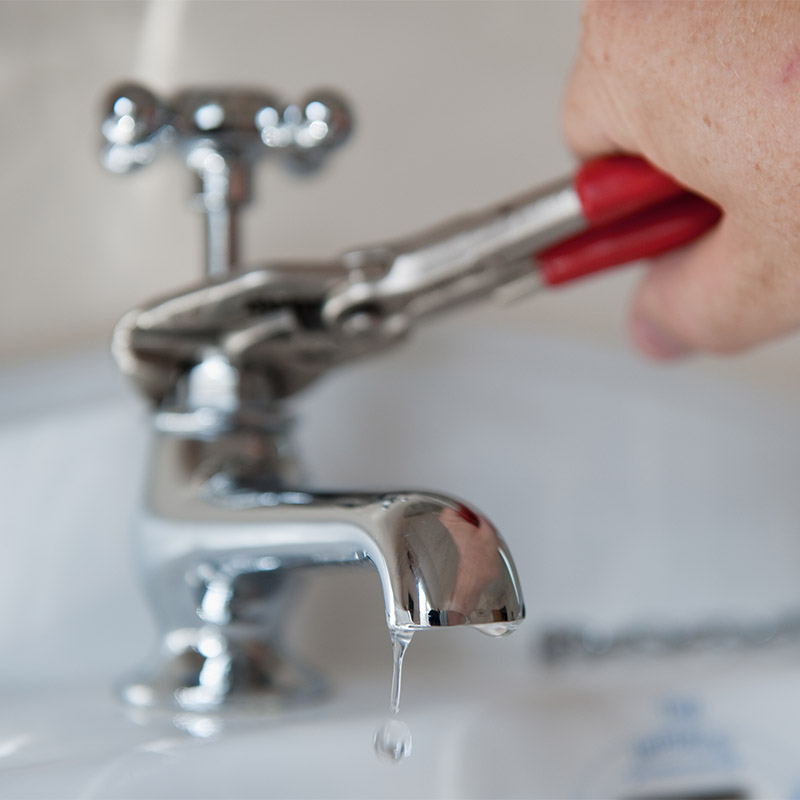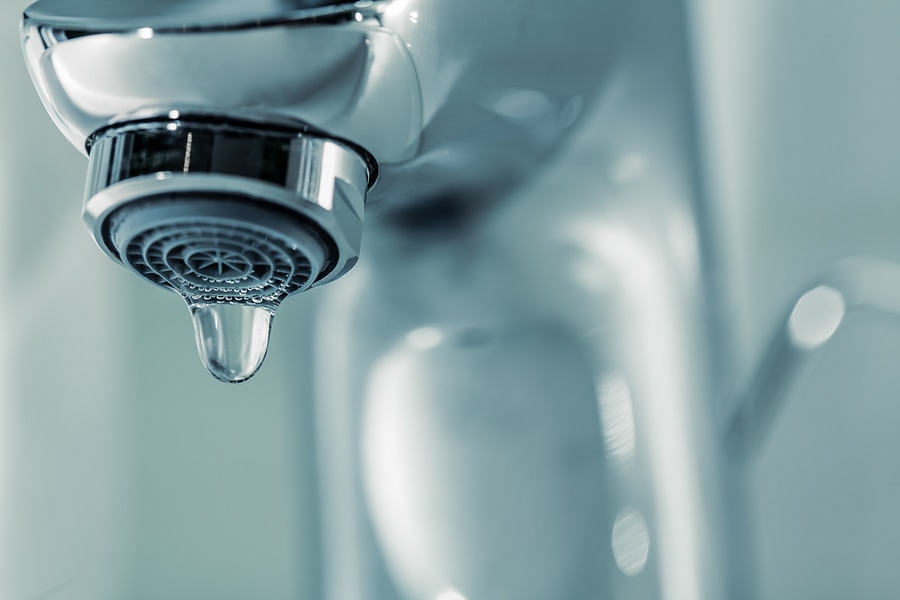Discovering the Significance of Repairing a Leaking Faucet
Discovering the Significance of Repairing a Leaking Faucet
Blog Article
We have noticed this great article relating to Why Are My Faucets Dripping (And Can I Fix It Myself)? below on the web and concluded it made perfect sense to write about it with you on this page.

Trickling taps might look like a small trouble, yet their impact goes beyond simply the annoyance of the sound. From wasting water to incurring unnecessary monetary prices and wellness threats, ignoring a dripping faucet can result in different consequences. In this article, we'll delve into why it's important to address this typical home problem immediately and successfully.
Waste of Water
Ecological Effect
Leaking faucets add significantly to water waste. According to the Epa (EPA), a solitary tap leaking at one drip per secondly can waste greater than 3,000 gallons of water each year. This not only stress water resources but also influences ecological communities and wild animals depending on them.
Financial Expenses
Boosted Water Expenses
Beyond the environmental influence, dripping faucets can blow up water expenses significantly. The built up wastage with time converts right into higher energy costs, which might have been avoided with timely repair work.
Potential Property Damages
Additionally, prolonged trickling can cause damage to components and surfaces surrounding the tap. Water build-up can trigger staining, deterioration, and also structural concerns if left ignored, resulting in added repair work prices.
Health and wellness Issues
Mold And Mildew and Mildew Growth
The constant existence of moisture from a trickling faucet develops an optimal environment for mold and mold growth. These fungis not only endanger indoor air top quality but additionally position wellness dangers, specifically for individuals with respiratory system conditions or allergic reactions.
Waterborne Diseases
Stationary water in dripping faucets can end up being a breeding place for bacteria and other virus, enhancing the threat of waterborne diseases. Pollutants such as Legionella microorganisms flourish in stationary water, possibly resulting in major ailments when consumed or breathed in.
DIY vs. Professional Repair
Benefits and drawbacks of Do It Yourself Repair Work
While some may attempt to take care of a dripping tap themselves, DIY repair work feature their own set of difficulties. Without correct knowledge and devices, DIY attempts can intensify the concern or bring about incomplete repair work, extending the trouble.
Benefits of Hiring an Expert Plumber
Employing a specialist plumber ensures that the underlying reason for the leaking faucet is dealt with successfully. Plumbing professionals have the knowledge and devices to identify and repair faucet problems effectively, conserving time and lessening the danger of further damage.
Step-by-Step Guide to Repairing a Dripping Faucet
Tools Required
Before attempting to fix a dripping faucet, collect the essential devices, consisting of an adjustable wrench, screwdrivers, replacement components (such as washing machines or cartridges), and plumber's tape.
Usual Tap Issues and Their Solutions
Determine the kind of faucet and the specific issue creating the drip. Usual troubles consist of worn-out washing machines, rusty shutoff seats, or malfunctioning O-rings. Refer to producer instructions or online tutorials for detailed support on repair services.
Preventive Measures
Regular Maintenance Tips
To stop dripping faucets, do regular upkeep such as cleansing aerators, examining for leaks, and changing damaged parts promptly. In addition, consider mounting water-saving tools or upgrading to more reliable fixtures.
Significance of Prompt Repairs
Resolving leaking faucets as quickly as they're discovered prevents more water waste and potential damages, ultimately conserving both water and money in the future.
Effect On Residential Property Value
Assumption of Well-Maintained Residential Property
Maintaining a property in good condition, consisting of dealing with upkeep problems like dripping taps, enhances its viewed value and charm among prospective buyers or occupants.
Impact on Resale Value
Features with well-kept plumbing components, including taps, command greater resale values in the property market. Dealing with trickling faucets can contribute to a favorable impression during residential property evaluations and settlements.
Ecological Responsibility
Private Payment to Conservation
Taking obligation for dealing with dripping faucets straightens with more comprehensive efforts toward water conservation and ecological sustainability. Every person's actions collectively make a substantial influence on preserving valuable sources.
Lasting Living Practices
By focusing on prompt repair work and embracing water-saving practices, people add to lasting living practices that benefit both present and future generations.
Final thought
Attending to a trickling tap goes beyond mere benefit; it's a necessary action towards saving water, minimizing economic prices, and guarding health and home. Whether with do it yourself repair work or expert assistance, acting to take care of dripping faucets is a little yet impactful method to advertise accountable stewardship of resources and contribute to a healthier, much more sustainable future.
Why Are My Faucets Dripping (And Can I Fix it Myself)?
Causes of a Dripping or Leaking Faucet
Whether you’re hearing drops of water falling and hitting a sink, or noticing water ooze out from the base of the spout, you shouldn’t ignore a dripping or leaking faucet. And, the good news is, sometimes you can fix the problem yourself.
In this article, we’ll review a few common causes of dripping and leaky. We’ll also walk you through some basic ways to find the problem and handle it without calling anyone — and let you know when to call in a pro.
But, no matter what the cause, or whether you can handle it on your own, the sooner you address it, the better.
Each drip may be a tiny amount of water. But, they all add up quickly. According to the U.S. Geological Survey, one faucet losing one drop every 20 seconds — five a minute — wastes around a liter of water every day, and 173 gallons a year.
Add in more than one in your house, and it’s a lot of water to waste. So, we’ll help you get to the bottom of things quickly.
Four Reasons Your Faucet May Be Dripping
Aerator is Damaged or Unseated Valve Seat is Corroded O Ring is Loose or Worn Out Part of the Assembly is Loose Aerator is Damaged or Unseated
If you unscrew the end of your faucet, you’ll find the aerator. It’s the little stem piece with a screen on it that shuts off the water circulation.
If it’s damaged, or if it’s not sitting right, it will allow water to pass through.
Valve Seat is Corroded
Next is the valve seat, which is connected to the washer. If the washer wasn’t in place correctly, then it could have ground against the seat. Over time, this damages the valve seat.
The problem could also be corrosion: Over time, the part has worn out, and it’s now allowing water to pass through.
O Ring is Loose or Worn Out
Since the o ring is only a small rubber gasket, it’s a common reason why the faucet is dripping. You’ll find it at the base of the faucet, and it’s there to keep water from coming out where it’s not supposed to.
However, it’s common for the o ring to wear out over time. When it does, you’ll notice a drip.
Part of the Assembly is Loose
So far, we’ve looked at a few small, specific parts. But, the problem could be anywhere in the assembly if something’s out of place.
Even if a part isn’t damaged, over time, it may have become loose or dislodged. It could be the parts we mentioned, or the aerator at the tip of the faucet, the stem itself,
Can I Fix a Leaky Faucet Myself?
Depending on the problem, and how handy you are, there’s a chance you can fix a leaky faucet without calling a professional. But, you do run the risk of making the problem worse.
If it’s a small drip, you can certainly try a few troubleshooting tactics. We’ll walk you through them in a moment.
But, no matter what, your first step should be shutting off the water coming into the faucet. You should find a shutoff valve under the sink on the pipes leading to it. Turn each one clockwise until they close tightly.
Next, make sure you have the right tools for whatever you’re attempting. It’s tempting to make do with what you have. But, you need the right ones for a reason: You’re often dealing with small parts that can break if you handle them carelessly.
If you’re feeling confident, here are some places to start.
Items Near the Tip of the Faucet
A few of the parts we mentioned — particularly the valve seat and washer — are located at the tip of the faucet where the water comes out. They’re easy to access, making it a good place to start.
Check the O Ring
To check the o ring, you’ll need to take off the spout at the base. It’s easiest on kitchen sinks with long spouts, versus the smaller, bulkier base on most bathroom sinks.
Either way, this can be tricky, so do it carefully and don’t force anything. If it’s not coming right off, you’re much better off calling in a pro than possibly breaking something.
For a kitchen sink, there’s usually a nut or coupling assembly at the base of the spout. These often slide off easily without using any tools.
Once you’ve disassembled those parts, gently but forcefully twist off the spout.
Then, you can see the o rings. There should be two of the rubber gaskets on the base. If they look worn or damaged, replace them, and see if that solves the problem.

Do you enjoy reading about Water Dripping from Faucet: Why and How to Fix? Place feedback directly below. We'd be delighted to find out your ideas about this review. We are looking forward that you come back again later on. Sharing is caring. You won't know, you may just be helping someone out. Many thanks for being here. Kindly check our site back soon.
Report this page